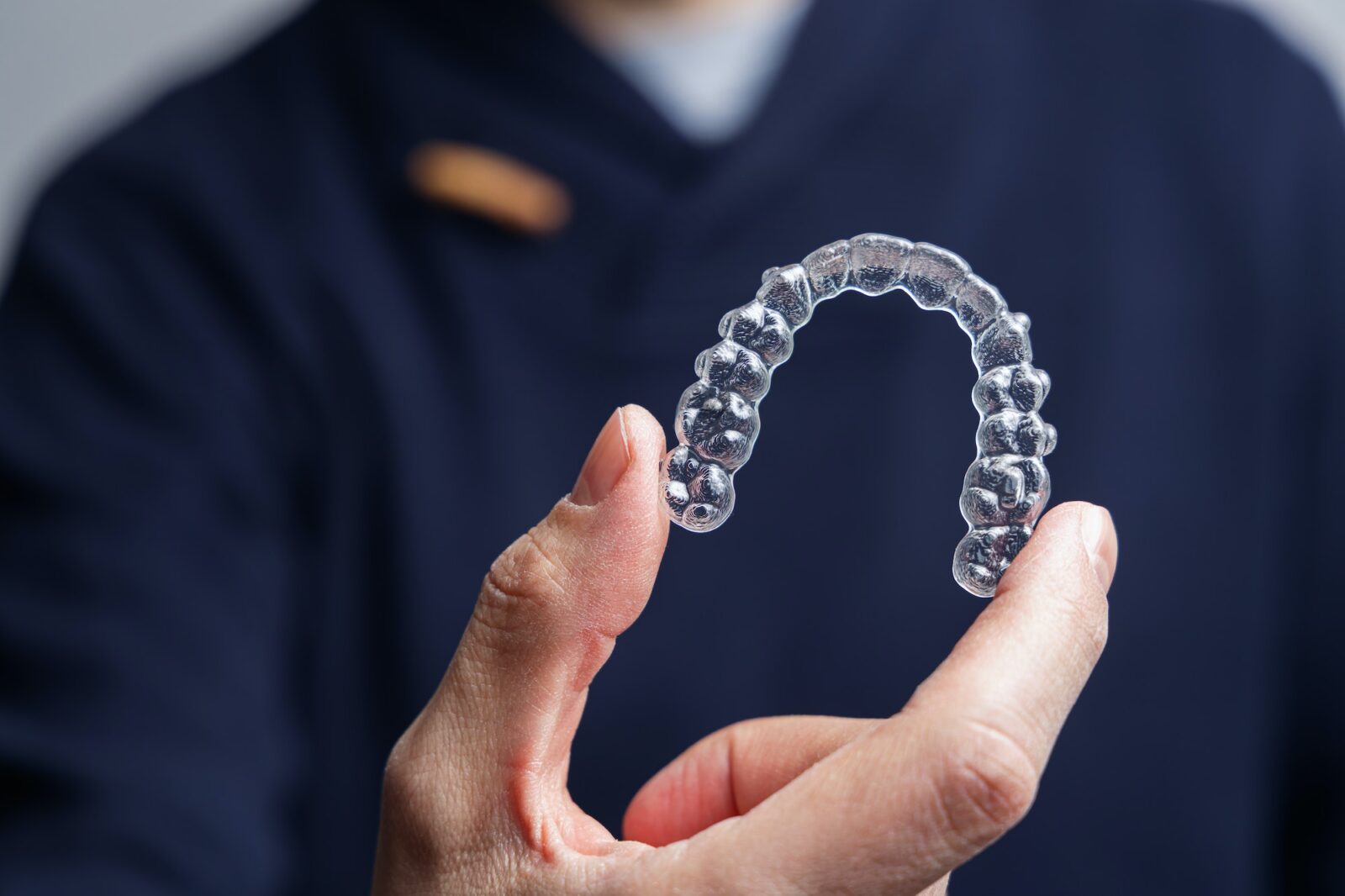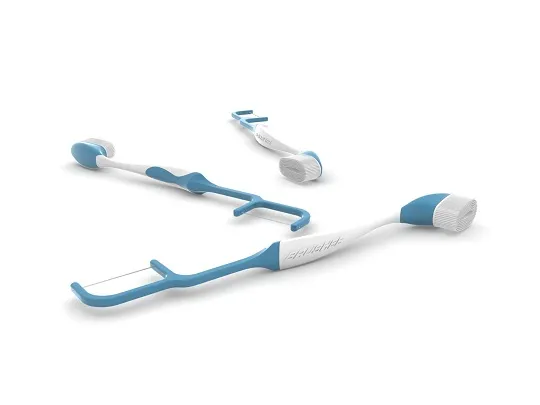Here is a quick overview of how clear braces work:
Are generic clear aligners cheaper than Invisalign?
- Clear braces use the same orthodontic mechanics as metal braces but are made from ceramic, plastic or composite materials that blend in with natural teeth.
- Transparent or tooth-colored brackets are bonded to the front of each tooth with dental adhesive. An archwire runs through the brackets to apply forces and gradually shift teeth into proper alignment.
- The archwires are typically made of nickel-titanium alloy or steel and tightened/changed periodically to continue moving teeth into the desired positions.
- Small colored or metal bands, called ligatures, hold the archwire into the brackets as teeth are moved. Clear elastics may also be used.
- Over time, the applied pressures move the teeth until they are straightened into optimal occlusion (bite) and alignment. This takes, on average 12-24 months.
- Clear braces require the same in-office adjustments as metal braces every 4-6 weeks. The orthodontist will tighten wires and change elastics as needed.
- At the end of treatment, the brackets are removed, and a retainer is worn to hold teeth in their new corrected positions.
- Clear aligner therapy like Invisalign differs in using a series of removable plastic trays instead of brackets and wires to move teeth.
Also find out if clear aligners take longer than metal ones to work.
So, in summary, clear braces provide discreet straightening using the same bracket and archwire system as metal braces but with tooth-colored or transparent materials for a less visible look. The orthodontist still actively guides tooth movements over time until ideal alignment is achieved.




